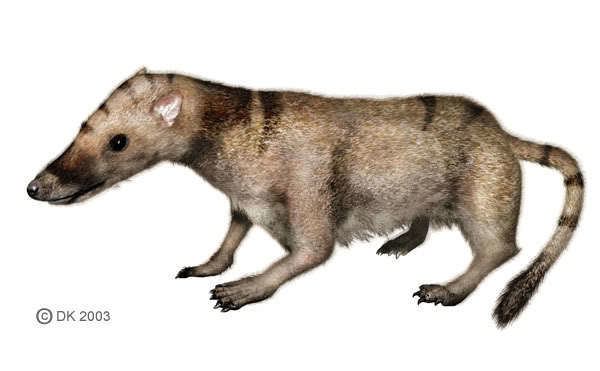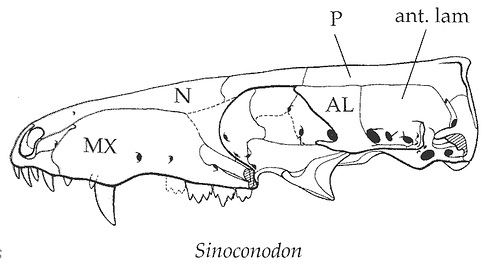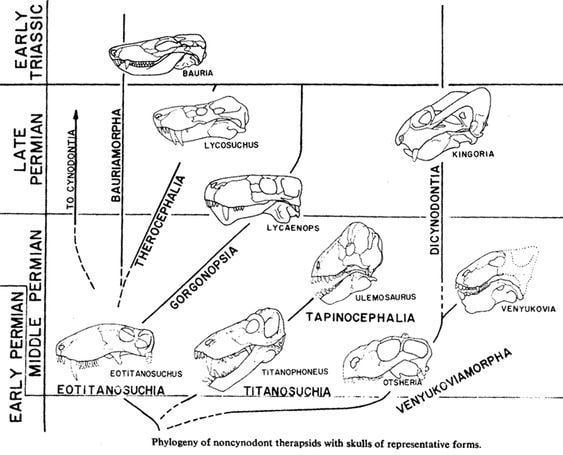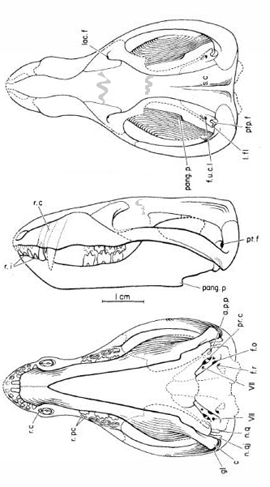Species †S. rigneyi Rank Genus | Phylum Chordata Order Therapsid | |
 | ||
Similar | ||
Sinoconodon rigneyi is an ancient mammaliamorph or early mammal (depending on systematic approach) that appears in the fossil record of China in the Sinemurian stage of the Early Jurassic period, about 193 million years ago. While in many traits very similar to non-mammlian synapsids, it possessed a special, secondarily evolved jaw joint between the dentary and the squamosal bones, which had replaced the primitive tetrapod one between the articular and quadrate bones, a trait commonly used to define mammals.

Although the animal is closely related to Morganucodon, it is regarded as the most basal of the mammaliaforms. It differed substantially from the more mammalian Morganucodon in its dental and growth habits. Like other non-mammalian tetrapods, such as reptiles and amphibians, it was polyphyodont, replacing many of its teeth throughout its lifetime, and it seems to have grown slowly but continuously until its death. Sinoconodon is thus less mammalian than early mammaliaforms like docodonts and morganucodonts. Even the smallest known individuals had already begun the teething cycle of the front teeth, and combined with a poorly ossified jaw, it very probably did not suckle. The combination of basal tetrapod and mammalian features makes it a unique transitional species. There are simply no animals like it alive today.



